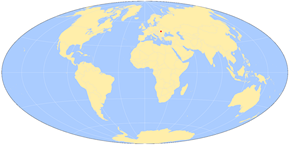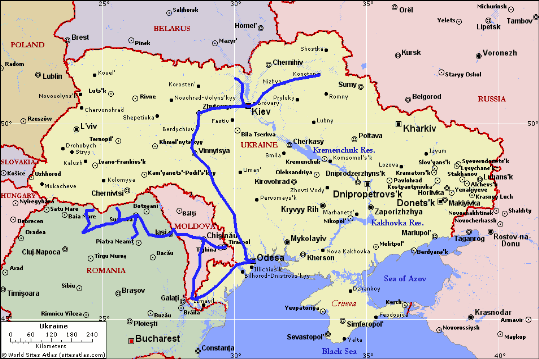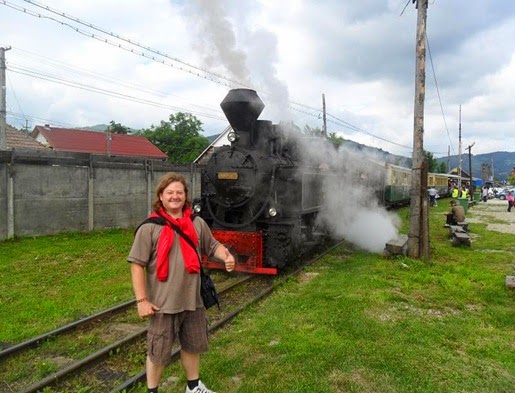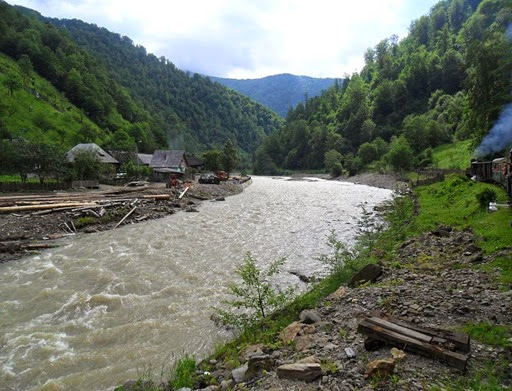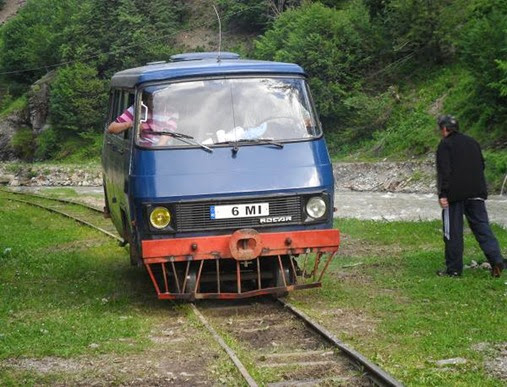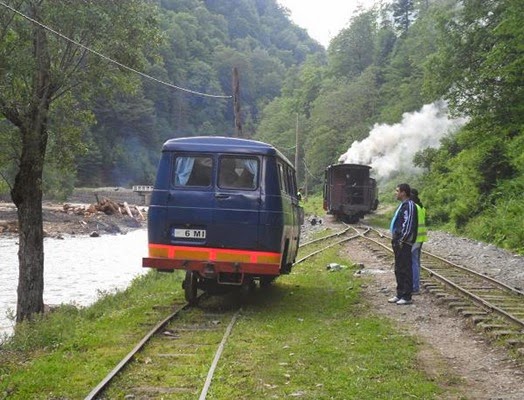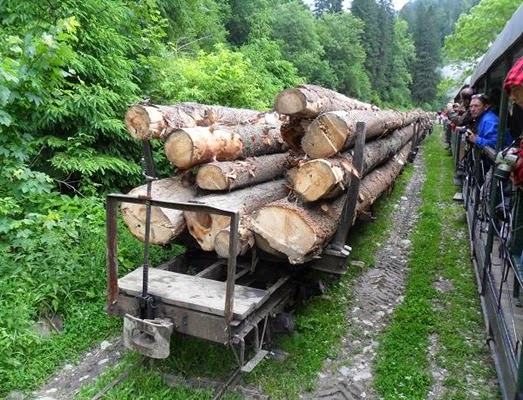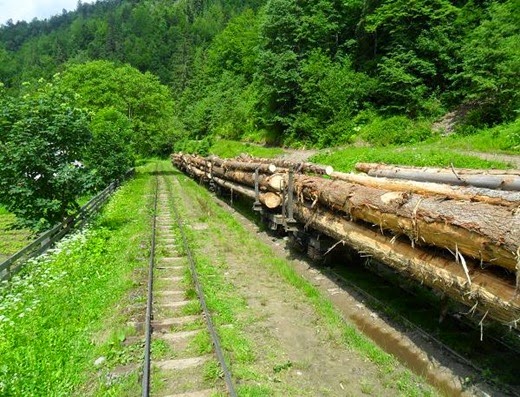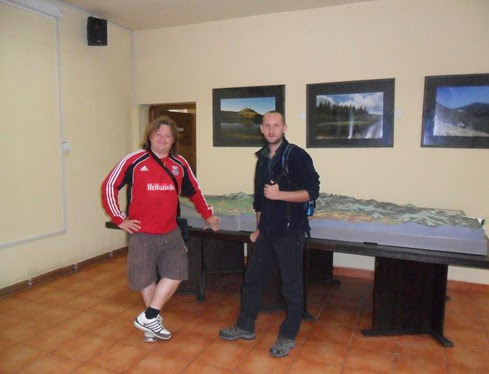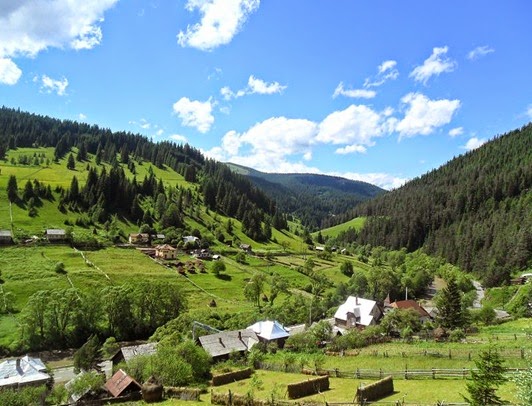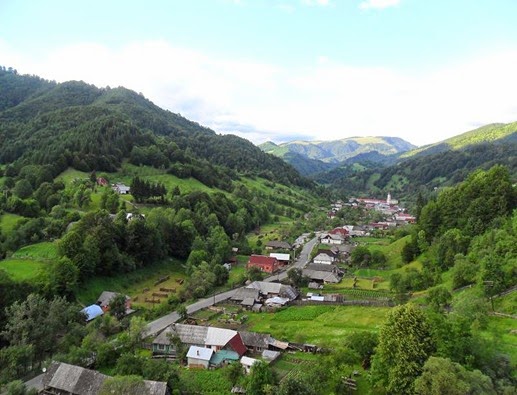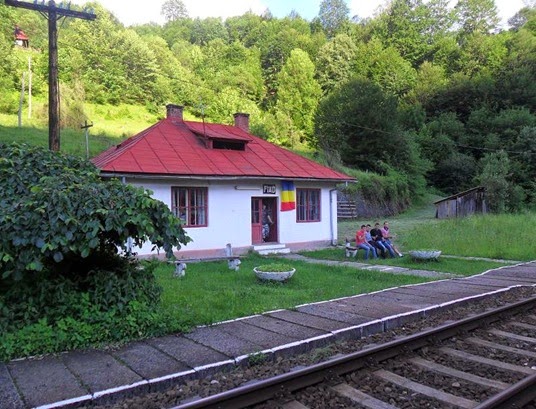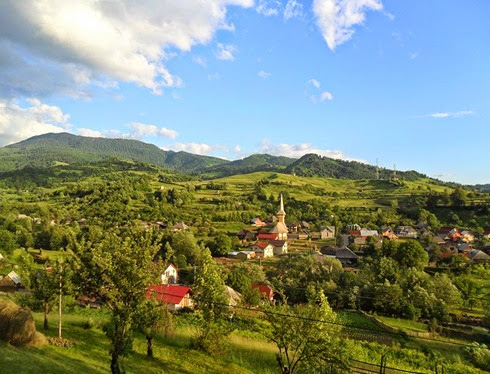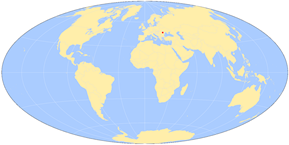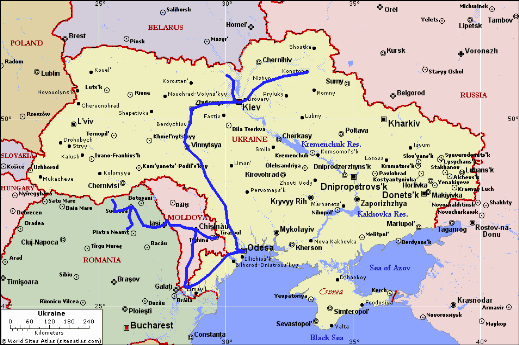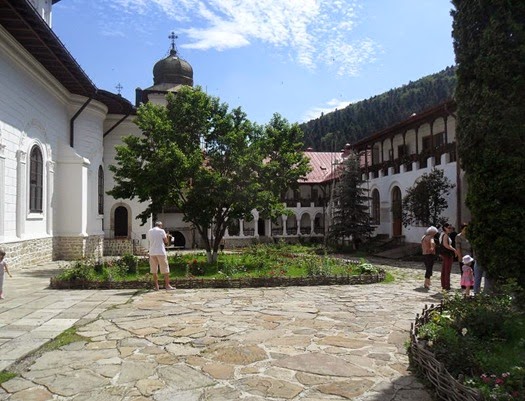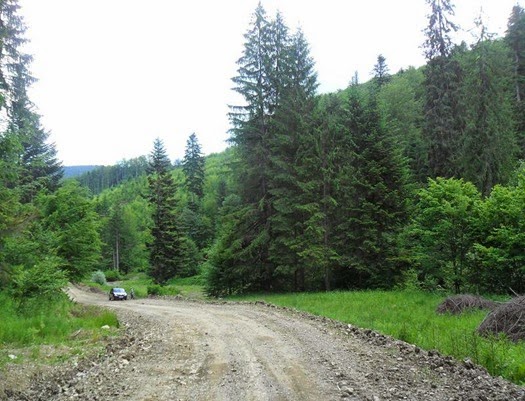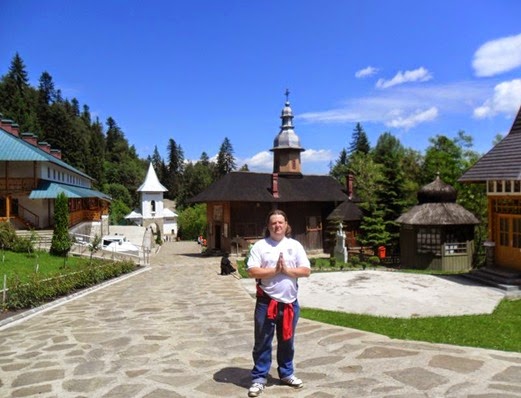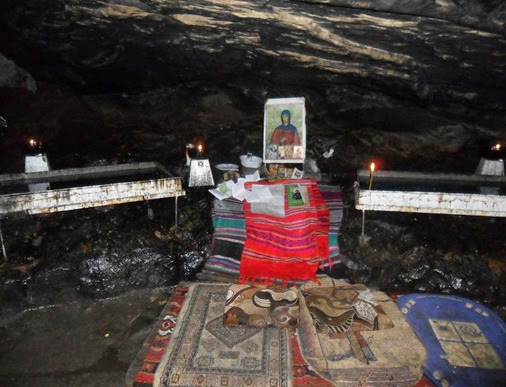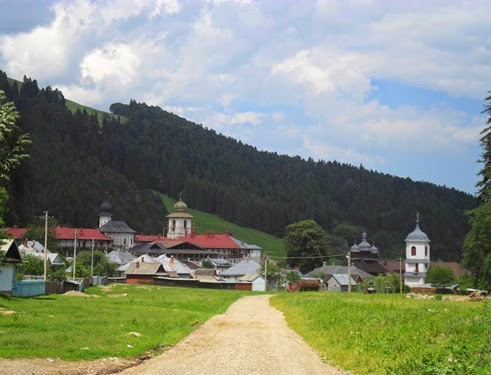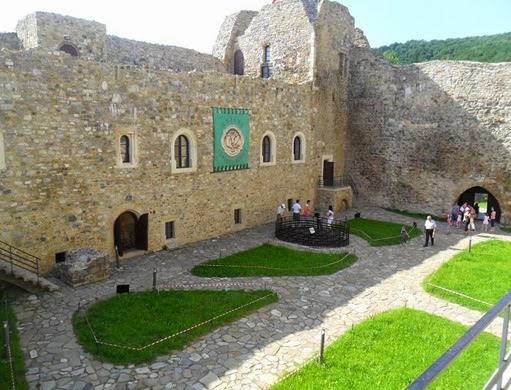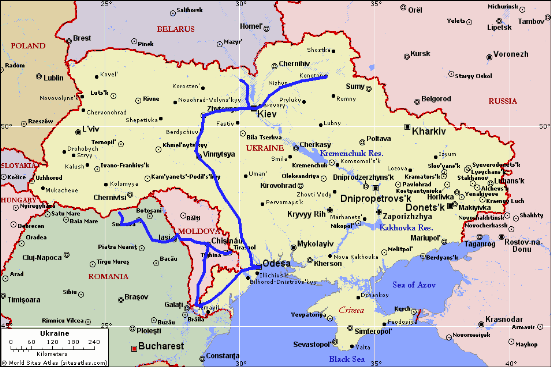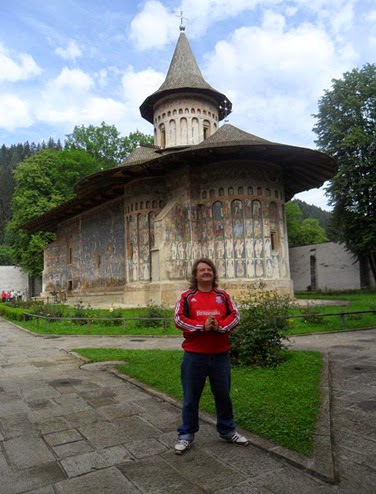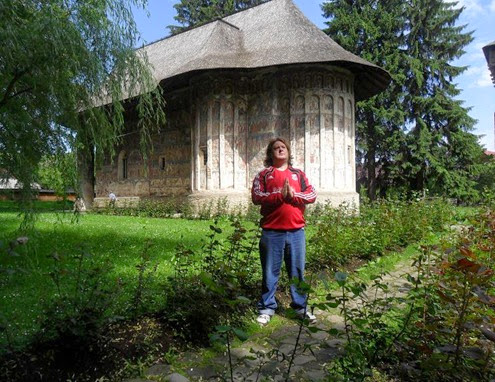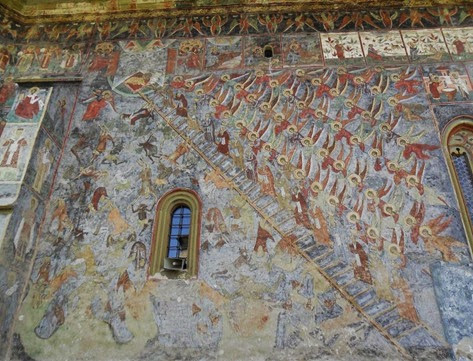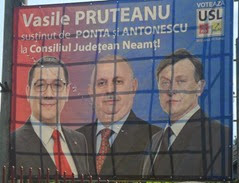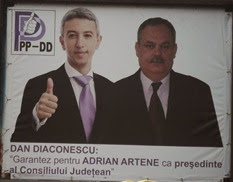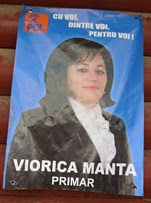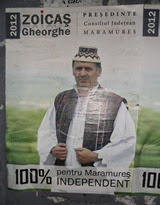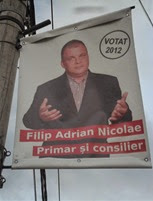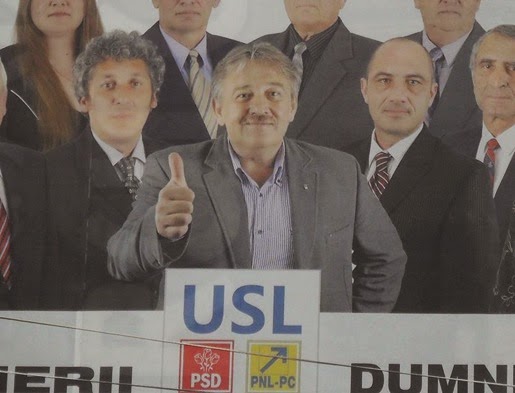Greetings!
As my son’s little model railway continues to progress, then here comes a post that’s all about trains. I first heard about Romania’s Mocanita on Michael Palin’s New Europe and ever since watching that episode, I’ve wanted to go. After all, who could not be inspired by a man who loves trains, test cricket and was part of the funniest comedy troupe ever known?
And who could not help enjoying the company of the friendliest forest ranger in all Romania? Thanks Anton!
Keep travelling!
Uncle Travelling Matt
Links to all parts of the travelogue
Ukraine
Moldova and Transdniestra
Romania
3.4: The Painted Monasteries of Bucovina
3.5: Targu Neamt, Agapia and Sihla
3.7: The Mocanita and Viseu de Sus
3.8: Viseu de Sus to Bucharest
Excursion: The Mocăniţă and Vişeu de Sus
Most people visit Vişeu de Sus for one reason. It’s not the stunning mountain scenery, nor is it the opportunity to experience the fascinating Maramureşeni culture. It’s not even the fine, traditional Maramureşeni wooden church which stands on Str. 22 Decembrie. No, most people come to Vişeu de Sus to ride the Mocăniţă.
A few decades ago there were over 3,000km of narrow gauge railways in Romania, the vast majority being logging lines stretching up the narrow Carpathian valleys to the sites where pines are felled commercially. Today only 60km remain and not all of that is operational. The Mocăniţă is the last remaining narrow gauge logging line in the country and, on top of that, most of its trains are steam-hauled. The railway that only survived because the Vaser Valley which it serves is too narrow to drive a logging road down, is not the biggest tourist attraction in the Maramureş.[1]
At the station, waiting for the 9 o’clock train, I met the two Germans from Vişeu de Jos railway station. They were most pleased with themselves since they’d bought a package – for just 300 lei (around £65) they’d got a meal, a ticket for the train and two nights’ accommodation in a German standard gauge sleeping car which was the latest money-making venture of CFF Vişeu de Sus, the company which operates the Mocăniţă. Indeed, I reckoned it sounded like pretty good value and good fun too, particularly since the sleeping cars were First Class. Next time maybe…?
Our carriages for the trip up the Vaser Valley were far less luxurious open-sided and open-ended affairs with slatted wooden seats, but I personally would have had it no different if I could. After all, when travelling by narrow gauge steam train, the whole point is to hang out of the side as far as you can so that you can feel the wind on your face and smell the smoke, (as well as get the soot in your eyes – ouch!). My only complaint was one of my own stupidity: I’d forgotten that temperatures can drop rapidly in dark, narrow valleys where the sun struggles to get a look in between the trees, and very soon it became apparent that I should have brought a coat – the Mocăniţă in June can get very chilly!
Chilly or not, it was an incredible ride. Our little train twisted up the narrow valley, negotiating tight curves, clinging to hillsides and crossing over the fast-flowing waters of the Vaser several times. Each turn revealed breathtakingly beautiful views as we penetrated a region beyond the reach of road transportation.
The line was also fascinating from an operational point of view. In my youth I spent several years working as a volunteer on a steam railway and so I have a basic understanding of railway operations and what is and isn’t safe. The Mocăniţă however, seemed to break all the rules.
To boil it down to the basics, there are two kinds of railways: important double-track ones with sophisticated signalling systems or less-important single-track ones with only a basic signalling system which has changed little from the time when railways were first thought of. On such lines the train receives a token to enter a particular section of track and – so that it doesn’t crash into any other trains that might be hanging around – there is only ever one token and so only one train can ever be on that section of line at one time. Simple and yet surprisingly effective, (until the brakes fail and you fall off the track instead). However, as we rumbled along this single-track and not-particularly-sophisticated line, only a hundred metres or so ahead of us was another train – a loco with a few trucks – steaming along quite happily in the same direction. My Health and Safety alarm bells began to ring madly! What if its brakes failed?! What if we went too fast and ran into its back end?! What if a coupling broke and one of the trucks broke free and thundered into us?! My mind went into overdrive with all the gory possibilities and yet, at the same time, secretly I was rather pleased that they did operate in such a carefree and potentially-lethal fashion. A bit of a rebel without a cause, I just love it when someone breaks the rules!
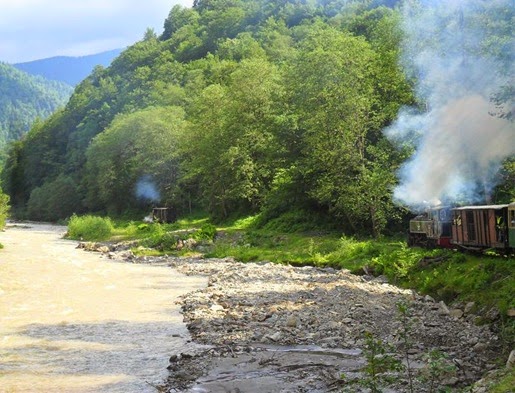 Excuse me guv’nor? What’s that up ahead?
Excuse me guv’nor? What’s that up ahead?
At the halt of Novăţ we stopped and encountered another strange inhabitant of the iron road; a beaten-up minibus with its tyres removed and replaced with rail axles. This truly was Titfield Thunderbolt territory and I loved it.
But not everything was so far removed from the world of rail professionalism and profit-seeking. At Cozia where there is a passing loop, we passed a lengthy logging train heavily-laden with freshly-cut pine; a reminder that cute as it may be, the Mocăniţă is still a commercially-viable timber-transporting concern.
Our trip finished at Paltin even though the line itself continues on for another 20km or so before terminating just shy of the Ukrainian border. Before we alighted the guard announced that we would be staying at Paltin for a couple of hours and that there was barbequed food available for those who may want some, but for passengers of a more energetic nature, he would be leading a hike into the hills which we were welcome to join. Feeling cold due to my lack of a coat and fat due to far too much barbequed food in the past, I decided to join him.
The walk turned out to be just what I needed; the stiff exercise soon warmed me up after several hours of sitting on the train and whilst the slopes that we ascended were steep, after my Agapia to Sihla hike, this was a doddle. Some of the other participants however – about fifteen from a trainload of several hundred, proof if it were needed that God intended us to eat barbequed meat – were struggling and so I had plenty of time to observe them as they caught up. There were only two other foreigners taking a stroll, a Dutch couple, the rest being locals or at least domestic tourists. One couple that intrigued me was a young, typically Romanian man with his dark-skinned and classically Roma her features, (and may I add, rather pretty), partner who were obviously accepted to a degree at least by the wider family since his mother was huffing and puffing along with them. In a country where prejudice against the Roma is rife and, one assumes, mixed marriages are rare, it was nice to see such an exception to the general rule.
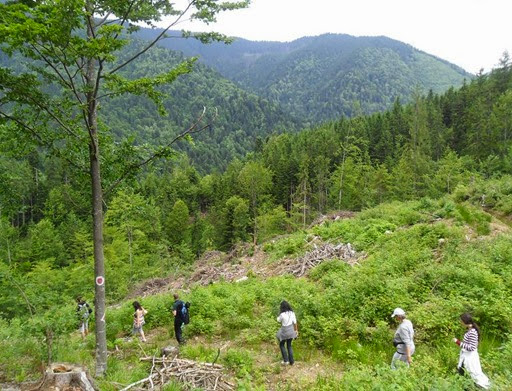 Hiking in the hills above the Vaser Valley. N.B. The Roma girl discussed is third from the left whilst Anton is in front of her
Hiking in the hills above the Vaser Valley. N.B. The Roma girl discussed is third from the left whilst Anton is in front of her
I learnt a lot as well on that walk. The first thing that I discovered was that our hiking train guard was in fact nothing to do with the railway at all, (he checked tickets as a favour), but instead a National Park Ranger whose job it was to promote environmental awareness in the Vaser Valley which he did admirably by informing us that there are bear and lynx in the woods, by finding a lizard and then a frog which he held in the palm of his hand and, in an area which had recently been logged, by explaining that by law the lumberjacks can only take trunks that are 8cm or more across and that all the leaves and branches are shorn off the felled tress in situ and then left to act as habitat for wildlife.
By dint of everyone else being in a couple or family, I fell into conversation with our guide, the only other singleton to be seen. Bizarrely, our conversation began on the subject of the possibility of Scottish independence in three years’ time but soon moved onto more predictable topics.
His name was Anton Brener and we sat together and chatted all the way back to Vişeu de Sus. Although Romanian, he was a Roman Catholic and an ethnic German. Vişeu de Sus he informed me, has always been an ethnically-mixed town with a sizable German minority. Back in 1989 it had around twenty-two thousand inhabitants of whom no less then seven and a half thousand were either German or Hungarian. Today though, the situation is quite different, for whilst the overall population has remained fairly stable, only one and a half thousand Germans and Hungarians remain and that figure includes those in mixed marriages. Most have moved back to their ancestral homelands in the west where they are offered citizenship; the shortfall in numbers that this creates, Anton explained, has been neutralised by the quick-breeding Roma.
The story of the Germans in Central Europe is a fascinating one and one that these days is little told, jarring as it does with the narrow nationalistic viewpoints through which most national histories are presented in the region.
I’ve mentioned this history briefly already when I was discussing my visit to Transylvania and the very Germanic cities of Braşov and Şighişoara back in 2003. They came east from their Teutonic heartlands from the Middle Ages onwards, colonising undeveloped regions all across the central and eastern regions of Europe, particularly those where the King of Hungary and then later the Emperor of Austria ruled. Roman Catholic – and then later some Protestant – in faith, these Germans were an urban people, establishing most of the urban centres in the region from Brno (Brünn) to Braşov (Krondstadt), Bratislava (Pressburg) to Lvov (Lemburg). According to Anton they arrived in the Vişeu de Sus region around two hundred years ago and basically created the town and its industries, (including the logging), out of nothing. It is a family story which one can find echoed all the way from Gdansk (Danzig) to Târgu Neamţ, (which, as I explained before, means ‘German Market): German colonists arrive in a rural area, then they establish a town and industries or mines. They – along with the Jews who were also predominantly urban and had a major presence in most towns and cities – then dominated the local economy and culture, fermenting the seeds of the Industrial revolution in almost Mediaeval landscapes. At the onset of the 20th century there were significant German or Hungarian minorities – and in some areas like the Sudetenland in Czechoslovakia, majorities – in the areas that nowadays comprise Poland, the Czech republic, Slovakia, Slovenia, Romania, Western Ukraine and the Serbian region of Vojvodina. By the onset of the 21st century however, like the Jews, most of them had vanished.
Everyone knows what happened to the Jews, but the absent Germans is a story far less told. Its prime cause however, was exactly the same: Adolf Hitler and the Nazis.
In schools today Hitler is portrayed as a greedy, grasping half-mad nationalist dictator who had an insatiable desire to swallow up countries that belonged to other people, firstly independent Austria, then the Czech Sudetenland, then the rest of Czechoslovakia, then Poland and so on. That picture is largely accurate, but at the same time, not entirely so. You see, at the time, the Germans saw it differently and were justified to a certain extent in doing so. In the way that they viewed things, there East was theirs to take, after all, Germans lived there and had lived there for centuries and they dominated every city that you stepped into. Indeed, if you wanted irrefutable proof that the Germans were racially superior to the Slavs and other lesser races then you needed look no further than the lands between the Oder and the Dniester rivers: totally uncivilised and backwards before the German colonists arrived, the only reason why they lagged between Munich, Frankfurt and Cologne was that they were being held back by those same lesser races who thwarted the Germans in all their endeavours. That was how most Germans saw things and that was a mindset designed for such a man as Adolf Hitler. When the Nazi tanks rolled into Vienna, then Prague and then Warsaw, they were not invading foreign lands, they were merely extending the boon of German sovereignty to al those places which should have been given it in 1871 when the German Empire was first forged.
As we know only too well, such views were not exactly shared by the non-German locals who were treated like the sub-humans that the Nazis truly believed them to be, and so when the Red Army starting reversing the Nazi advances and destroying the Third Reich that Hitler had so spectacularly created, the future for those ethnic Germans who had lived for centuries east of the Oder was not bright, Natural targets for reprisals by both their neighbours and the Soviet invaders alike, they fled in droves and after the war forced population transfers, particularly in Poland, meant that around twelve million were uprooted from the communities where they had dwelt for centuries and simply disappeared into Germany itself. Like their hated enemies the Jews, they remained a memory only, weathered inscriptions on tombstones, faded ledgers in the Record Office.[2]
Except in Romania where although many left, many also remained.[3] Romania had been an ally of the Germans for much of World War II, only shifting sides when it became clear that Hitler had lost and so the locals had not suffered at the hands of the Nazis like the Poles and Czechoslovakians had. Nonetheless, with the advent of communism, suffering was always to be on the agenda. Anton told me that in Vişeu de Sus many of the local Germans had moved with the Nazi retreat but his grandfather had opted to stay in the town of his birth as he owned a successful business – the only café in town with a billiards table. However, after coming to power, the new communist regime nationalised it and so his grandfather lost everything.
Under Ceauşescu, a money-making scheme invented by the regime was to charge a tax of around $20,000 had to be paid by any ethnic German (or their sponsor) who wished to emigrate, (they were offered citizenship by the West German government), so emigration was limited but after the revolution of 1990 the tax was abolished and thousands left so that today only a few remain, Anton Bremer being one of them.[4]
He told me that in the Vişeu de Sus locality the Germans and the Jews had lived in the town whilst the Romanians, Ukrainians, (the border is only 30km away), and a few Roma had inhabited the villages. Nowadays though, Anton told me that the Roma far outnumber the Ukrainians because they breed faster. “The Gypsies are a problem,” he said. “They have too many children, they marry too young and they steal because they are not educated. The EU tries to help but they just stay the same.” How accurate these observations were, I cannot say although they were striking in their similarity to comments I heard whilst living in Bulgaria. Indeed, the one that I recall most of all was provided by a lawyer whom I taught who told me that the EU had provided a grant of several thousand Euros for each Roma family to improve their homes. “They had a party that lasted for three days and nights and every shack sprouted a satellite dish but at the end of it all, the homes were just the same,” he said, before commenting definitively, “You cannot change the Gypsies, never!”
I asked Anton about the Jewish community which had been quite large and influential but very conservative and its members didn’t mix much, let alone intermarry, with their neighbours. The Holocaust destroyed it in a single night, all the Jews of Vişeu de Sus being loaded onto trains and shipped off to Auschwitz never to return, but then he told me that there is now a small museum on the railway station commemorating that lost race and that the guy behind both the museum and the renaissance of the Mocăniţă is in fact a Jew.
“His name is Michael Schneeberger and he is a German, a descendent I think of the Jews who once lived in Vişeu de Sus. He came here because of that but he is also a railway enthusiast. He visited in 1992 soon after the Revolution and when he saw the Mocăniţă he raved about it and publicised it and so others came and the tourism started. He still visits regularly; most of the photos in the brochure are by him. He also has plans for the future: more sleeping cars for tourists and reconstructing traditional houses like he did with the Jewish museum to form a small skansen at the railway station. It is good for Vişeu de Sus, tourism is the only growth industry around here.”
When we got back to Vişeu de Sus I visited that Jewish museum on the platform. It was named ‘Elefant’ after one Alexander Elefant, the last Jew in the town who owned a timber mill. The building itself was the last Jewish lodging in Vişeu de Sus before being moved to its current situation and it told, as all of Central Europe’s Jewish museums do, of an old and prosperous community criminally exterminated in its prime, mown down in a single night.
After I’d looked around the exhibits I rejoined a member of another of Vişeu de Sus’ disappearing communities, my new friend the Forest ranger, who had now finished his duties for the day and had invited me out for a coffee. I walked with him back into town to his office near to my hotel where I met his colleagues and admired an enormous 3D relief map of the valleys of the Munții Maramureșului Natural Park which was several metres square. Then we headed for the best coffee house in town, (according to my host), where Anton told me a bit about his work and home lives.
Apparently Anton had only been working on the Mocăniţă job for a few months and before that he had been engaged in monitoring species numbers and checking on logging operations which often involved getting into heated arguments with those who chose to either break or bend the rules over what can and cannot be chopped down. Anton found the EU a headache; their many rules and regulations were good and well-intentioned, but completely unenforceable in a country like Romania where the power is with the money, not in politics, and illegal logging is the only real money-spinner in town. That meant that he was at the sharp end of things which could be difficult without power and influence behind him, but nonetheless, he was not wholly despondent for he did feel that green ideas and thinking were slowly sinking into the minds of the Maramureşeni.
Another, more personal, issue with his work was that it frequently intruded into his home life as his fiancée was also his boss, (she was a biologist too), and so they tended to talk shop after hours. I remarked that my brother, who also works with his fiancée, has much the same problem which can be difficult, (and result in some rather dull dinner conversations for yours truly). I asked him if he intended to marry and he said that they did since they had lived together on and off for over six months and because it was possible to do so since they are both Roman Catholics and whilst sharing a religion is not a necessity in 21st century Maramureş, it does make things “culturally easier”.
Engaged or not, we both disturbed from our discussions by the waitress who collected our empty coffee cups and who was most arresting indeed. Once she’d left we both agreed that whilst it was most agreeable to look at such lovely visions whilst drinking equally lovely coffee in a café, when working together it can be hard. That’s why Anton prefers to be alone in the remote valleys of the Maramureş with only the trees and wildlife for company whilst I am happy in a high-security gaol with beefed-up gangsters and withdrawn addicts. The two situations are very different but in both there is one important common denominator: little to disturb you from your work.
I bade adieu to Anton, promising to keep in touch, and then set out to see a little of Vişeu de Sus. Despite spending the night there I had so far seen very little of the town. True, I’d popped out to the supermarket the previous evening and then ate an excellent meal of pork and sausage with mămăligă[5] whilst watching German defeated the Netherlands 2-1, but I knew naught of the town beyond its railway station and finest coffee house so in the several hours that I had to kill before I was due at Vişeu de Jos railway station to catch my train back to Salva, I decided to have a quick look around.
I started in the obvious place, the magnificent traditional Maramureşeni wooden church on the main street. When I checked it out up close I was a little disappointed to discover that it only dated from 1990, but it was open so I had a look inside.
Through the door the smell of pine was strong and the modern wooden walls made me think of some kind of enormous sauna with pictures of saints on its walls. What surprised me though was the layout. This was indistinguishable from any other Roman Catholic church.
Vişeu de Sus has a Roman catholic church, across the road from the wooden one, the place where Anton and his fiancée worship. They would not think to go to a service in the church that I was now stood in even though it is also Catholic. Well, sort of. You see it’s Catholic in the sense that it accepts the authority of the Pope in Rome but that’s about it. Vişeu de Sus’ wooden church you see belongs to the Uniate or Greek Catholic Church.
Anton referred to the Greek Catholic Church as “mere politics” and although they share the same Pope, Vişeu de Sus’ (largely German and Hungarian) Roman Catholics see the (predominantly Ukrainian) Greek Catholics as a totally separate Church. My friend Martyn, a traditionalist Latin Mass Catholic with a passion for quality liturgy stated that he’d always wanted to attend one of their Masses since they use the elaborate Orthodox rite but were accessible to Roman Catholics because of their adherence to the Pope. Thus it was that I was expecting an interior pretty similar to that of an Orthodox church with lots of icons and a lack of seats, perhaps only a picture of Benedict XVIth as a clue to its unusual affiliation, but no, this was no different from any other Roman Catholic establishment. I left a tad disappointed.
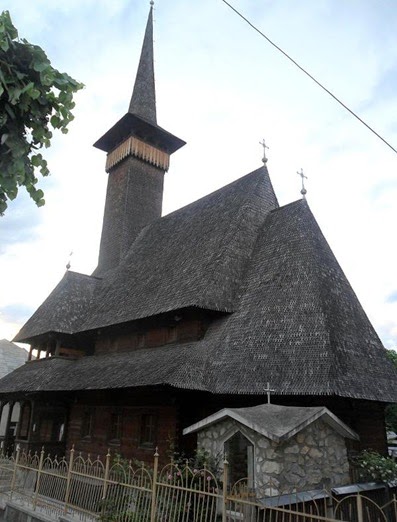 Vişeu de Sus’ Greek Catholic Church
Vişeu de Sus’ Greek Catholic Church
After checking out the town’s only attractions, I passed the time by browsing through her few shops. At a toy shop I came across a rip-off version of Lego in the window called Cogo, a model of a steam train selling for 35 lei (£6.50), a quarter of the price of its Danish counterpart. Considering that I was in the capital of Romanian steam and considering that my son and heir is an avid fan of both Lego and steam trains, (or at least, I tell him that he is…), then it seemed rude not to buy the set and, when the assistant told me that they had a different one as well, then that too. “Ho! Ho! Ho!” declared this Santa Claus as he left with the first of Christmas 2012’s stocking fillers.
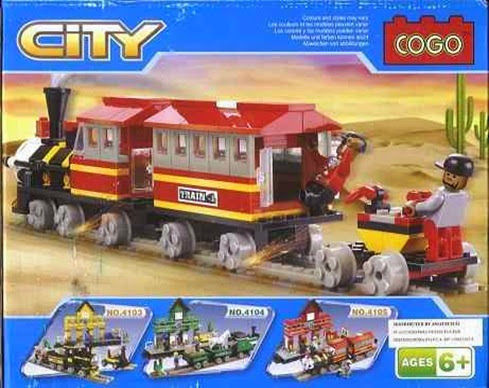
Cogo trains: for those who can’t afford Lego
Next part: Viseu de Sus to Bucharest
[1] Although referred to ubiquitously as the Mocăniţă, the term was actually first coined to refer to all of Romania’s remote narrow gauge logging lines. It is derived from ‘mocan’, the Romanian term for ‘shepherd’ or ‘one who lives in the mountains’, and suffixed as feminine and diminutive in keeping with the tradition of naming conveyances and indicating small size. It's also been suggested that it means ‘coffee machine’, as one of the little locomotives is reminiscent of one of these in action. The fact that little trains have being given such a term of endearment by the Romanian people suggests that, just like in Britain, they are well-loved.
[2] It should be noted that in addition to those Germans living in the east, the post-war population transfers also affected thousands of Germans in the Netherlands.
[3] By 1950 it is thought that 253,000 had left but 421,000 remained.
[4] http://countrystudies.us/romania/41.htm
[5] Mămăligă (polenta) is a finely-ground maize flour boiled with water into a porridge. It serves a similar role to mashed potatoes in British cuisine. Traditional peasant food. I approved.
